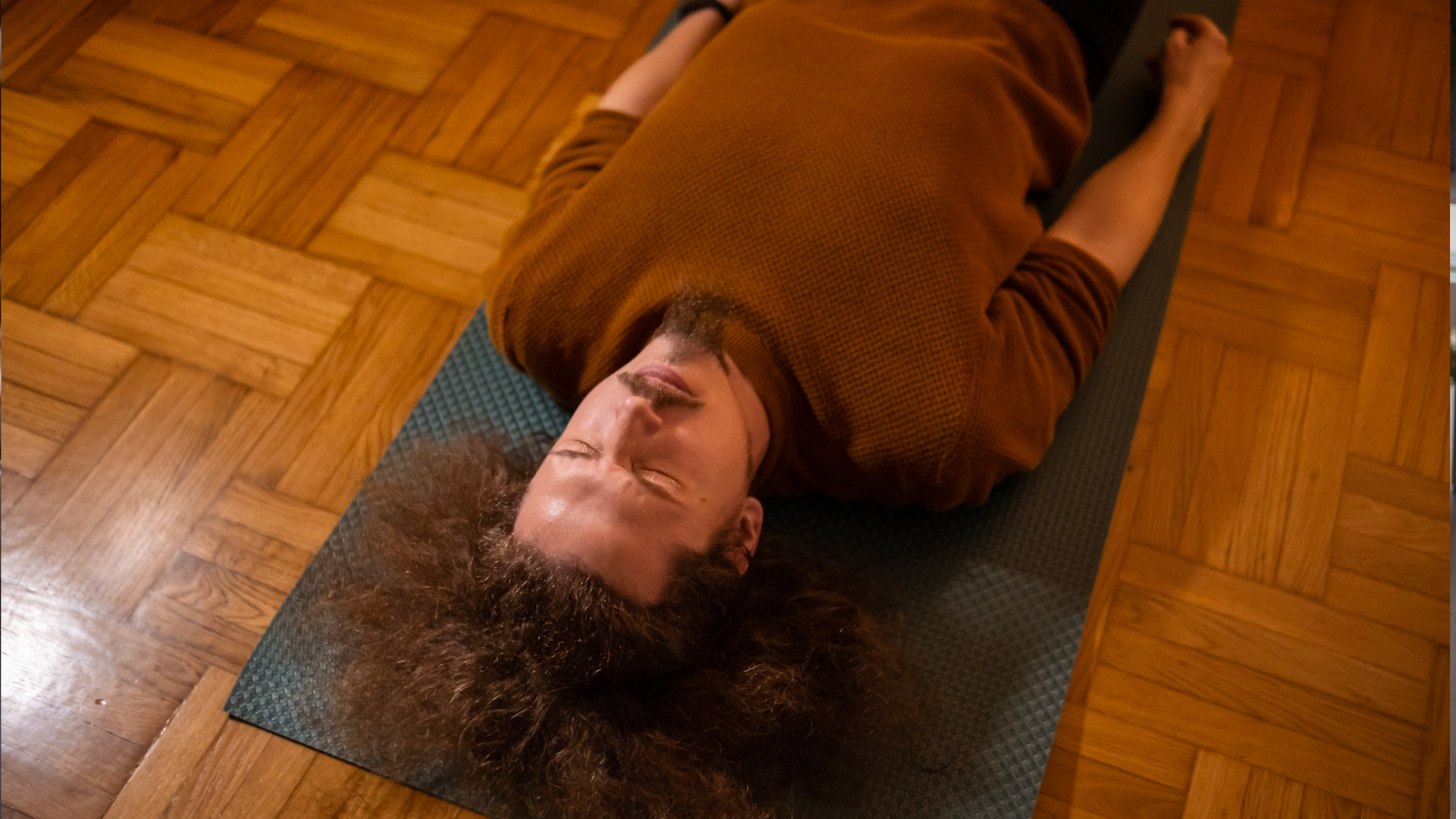Best Kegel exercises for men, as recommended by an expert
Improve bladder control and erectile dysfunction with these expert-approved Kegel exercises


If you thought Kegel exercises were just for women, think again. Kegel exercises are hugely important for men too.
Kegel exercises for men help to strengthen the pelvic floor muscles (that sit at the base of the pelvis), can improve your sex life, and are important for your overall core strength. However, they’re often associated with women as childbirth and the menopause can cause them to weaken.
If you want to start doing them, understand the benefits, and want to learn how to locate your pelvic floor muscles you’ve come to the right place. Below, Clare Bourne, leading pelvic health physiotherapist and author of Strong Foundations, answers all your Kegel questions.
Benefits of Kegel exercises for men

According to the NHS, the pelvic floor muscles can become weakened due to the removal of the prostate gland, being overweight, neurological damage (as a result of diabetes, multiple sclerosis, or after a stroke, or spinal injury), and a constant strain to empty the bowels.
“Kegel exercises help strengthen the pelvic floor muscles which help with bladder and bowel control, and erectile function, but they’re also an important part of our overall core strength,” explains Clare. “Some men may at first need to focus on relaxing the pelvic floor muscles, especially if they have symptoms of going for a wee more frequently and urgently, before building up to strength work.”
How to do Kegel exercises for men
Before you get started you'll need to locate your pelvic floor muscles. This may feel tricky at first if you’ve never tried this before. Here are Clare’s steps to help you get started:
- Sit comfortably on a chair, or lie down on your back
- Try to contract around the anus, as if you are trying to hold in wind (this should not include the buttock muscles but feel more internal)

This tightening sensation will be using your pelvic floor muscles. "We're not looking for a massive contraction, or use of the abdominals, but a localised contraction just to the pelvic floor muscles," adds Clare.
Get all the latest news, reviews, deals and buying guides on gorgeous tech, home and active products from the T3 experts
Once you've located your pelvic floor muscles, Clare says there are two different types of contractions you can do, long or short.
- Long: contract and hold the pelvic floor contraction for 10 seconds, whilst breathing normally, and then fully let the contraction go. Repeat this 10 times.
- Short: contract the pelvic floor, then fully relax the muscles. Repeat this 10 times.
What if I'm finding this tricky?
The main thing is not to feel embarrassed if you struggle to locate your pelvic floor muscles. As we previously mentioned, it can be difficult to start with, especially if it's something you've never done before. Clare says your best port of call though is to reach out for help.
"A specialist pelvic health physiotherapist is the best person to see to help. They can assess the muscles, help understand their symptoms and then provide a tailored approach to their recovery."

Bryony’s T3’s official ‘gym-bunny’ and Active Staff Writer, covering all things fitness. She is a certified personal trainer and also a part-time fitness instructor. In her spare time, you will find her in her natural habitat - the gym - where her style of training is a hybrid of bodybuilding and powerlifting. Bryony loves writing about accessible workouts, nutrition and testing innovative fitness products that help you reach your fitness goals and take your training to the next level.